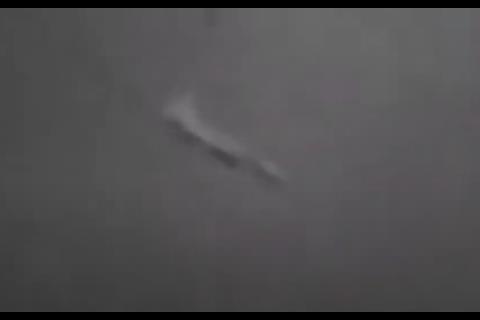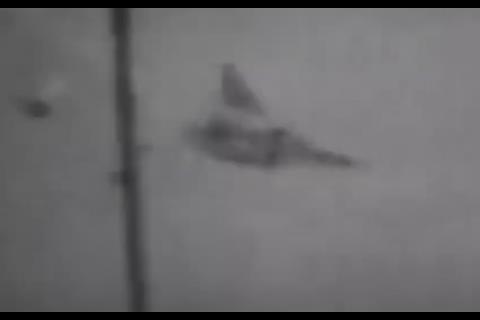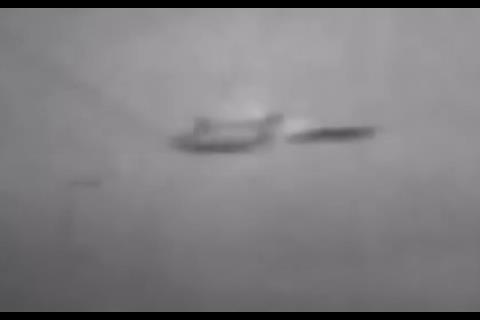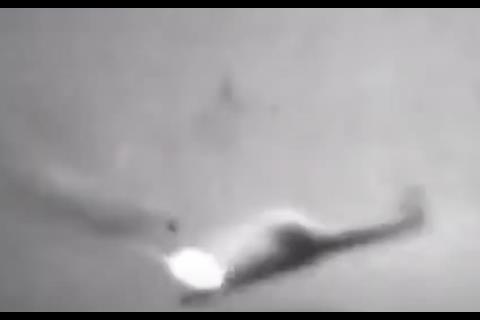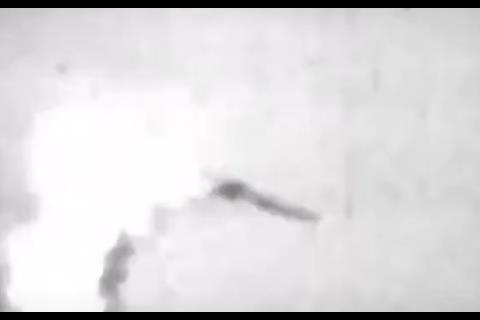Le Bourget was the scene of gladiatorial supersonic spectacle 50 years ago when a Soviet Tupolev Tu-144S sought to outperform the rival BAC-Aerospatiale Concorde at the 1973 Paris air show, only to splinter into fiery rain over the suburb of Goussainville.
Cold War secrecy and reticence obscured the investigation. Eight months after the loss of the aircraft, its six crew and eight people on the ground, a brief communique stated that French and Soviet investigators had “unanimously concluded” that “no abnormality” had been found in the Tu-144’s design.
“Intervention of the human factor is therefore most likely,” it added, postulating possible scenarios but ultimately remarking that the cause should be “declared unidentified”.
Allocated a display slot to fly after Concorde on 3 June, the Tu-144 was supposed to perform an 11min sequence, taking off from runway 03 and accelerating for a return pass, before a slower second pass with its nose and undercarriage lowered. It would extend its characteristic canards, behind the cockpit, to aid low-speed lift, then circle again to land.
But during the approach the Tu-144 crew – perhaps emboldened to end the tame sequence with a flourish, and steal some of Concorde’s spotlight – cleaned the configuration, powered up the Kuznetsov NK-144 engines and thrust the airliner into a full-afterburner climb, levelling at about 4,000ft.
It then arched into a steep dive and, as the Tu-144 attempted to round out at 400ft, its entire left wing outboard of the left-hand engines broke away. The aircraft snap-rolled left and inverted, overload stresses fracturing its slender fuselage forward of the wing. Fuel vapour ignited and the supersonic jet disintegrated.
The joint inquiry offered scant detail on the circumstances, either unable or unwilling to explain the fatal dive or ill-fated recovery, resorting to a hypothesis that the crew had unexpectedly encountered a Dassault Mirage IIIR reconnaissance aircraft on the left as it climbed, and reacted instinctively with an evasive manoeuvre – even though there was no collision threat.
One unofficial theory for the Mirage’s presence posited that it was tasked to photograph the canards, although this seems curious, given the canards were deployed in full view on the ground.
Similarly questionable was the inquiry’s suggestion that one of the crew, engineer Vladimir Benderov, dropped a TV camera during the unexpected manoeuvre, which then jammed pilot Mikhail Kozlov’s control column – hindering his arrest of the dive until the aerodynamic force required was too much for the airframe.
Benderov’s son, Valery, pursued his own probe into the accident, expressing doubt about the official explanation to Russian publication Kommersant in 2000, arguing that the negative-g physics of the dive would have thrown any loose object in the cockpit upwards and backwards.
The inquiry admitted its hypothetical scenario remained a theory, as it found no material evidence either to support or refute it, and the absence of clarity inevitably led to conjecture, including wild suppositions of sabotage in more extreme media circles.
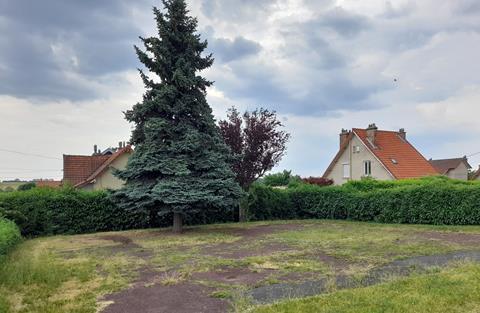
Perhaps the most convincing analysis of the accident sequence appears in a Russian memoir, The Truth About Supersonic Passenger Aircraft, which features a collection of contributions from senior figures attached to the Tu-144 programme, including Valentin Bliznyuk, Yuri Popov, Vladimir Vul and Alexei Tupolev.
It refers to a flight-control stabilisation system which had previously been installed on a Tu-144S test aircraft, 77101, and was also fitted to the Le Bourget aircraft, 77102. The system, in a panel behind the pilot’s seat, contained 20 toggle switches. One of them provided more lateral stability during roll through a signal to the rudder. An adjacent switch was intended for a future longitudinal stabilising signal but, on 77102, this channel was unprocessed.
The memoir indicates this system was not supposed to be used at Le Bourget, and had been covered and sealed. But in the cockpit wreckage the panel was found unsealed and open – not the result of impact – and both the lateral and the longitudinal stabilisation toggles had been switched on.
While the lateral toggle activation might have been deliberate, the memoir suggests the longitudinal toggle was switched on inadvertently, since the signal was unprocessed. It also points out, crucially, that this signal would have been inhibited while the Tu-144’s canards were deployed – as they were when the lightly-laden aircraft entered its powerful end-of-display climb.
Just before levelling, the crew started retracting the canards. After a few seconds of horizontal flight the canards were fully stowed, and the longitudinal channel – with unregulated sensors set for maximum output – triggered instant deflection of the elevons a full 10° downwards, pushing the jet into a descent.
This caught the crew by surprise and the pilots’ attempts to counter by pulling the control column were insufficient. As the aircraft neared the ground, the crew redeployed the canards – instantly inhibiting the stabilising system and causing the elevons to respond immediately to the pilots’ commands by deflecting upwards.
With the aircraft travelling at some 350kt, this abrupt change in forces overloaded the wing structure and the Tu-144 began to break up.
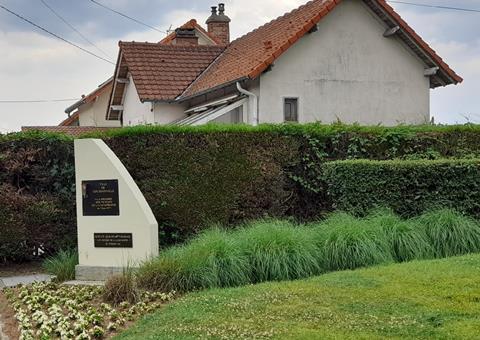
According to the memoir, which backs up its account with flight data from the aircraft, the engines remained operational, contrasting with speculation that an evasive manoeuvre had interrupted the air or fuel flow to the powerplants. The stabilisation system was subsequently modified, it adds, reducing the elevon deflection severity, while measures were taken to improve the Tu-144’s overall structural strength.
If this analysis has a convincing aura, it is nevertheless unlikely to satisfy everyone who, half a century on, still ponders the Tu-144’s destruction. The memorial stone which stands on a quiet corner in Goussainville symbolises the persistence of an enigma as much as it commemorates one of Le Bourget’s darkest moments.





















